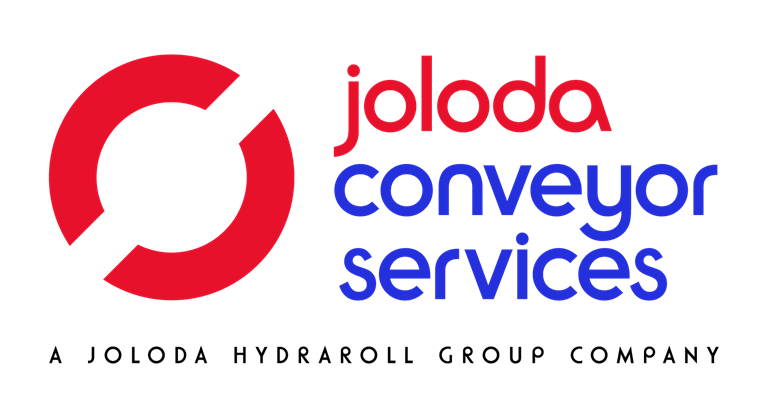The conveyor system has been at the heart of industry for as long as we can remember. Whilst the conveyor belt systems organisations of all sizes and niches have come to rely on during the modern day have come a long way, they still require as much care and attention to stay in tip-top condition and continue delivering the productivity sectors need to thrive.
Without the proper maintenance and repairs, conveyor belt problems can prevent facilities from handling and transporting materials effectively and efficiently. But what are the common issues with conveyor belts, rollers and other systems? This guide will explain some of the most common conveyor belt problems and solutions.
So, without further ado, discover frequent conveyor problems affecting modern-day systems in the UK and the solutions that will help your organisation overcome them.














